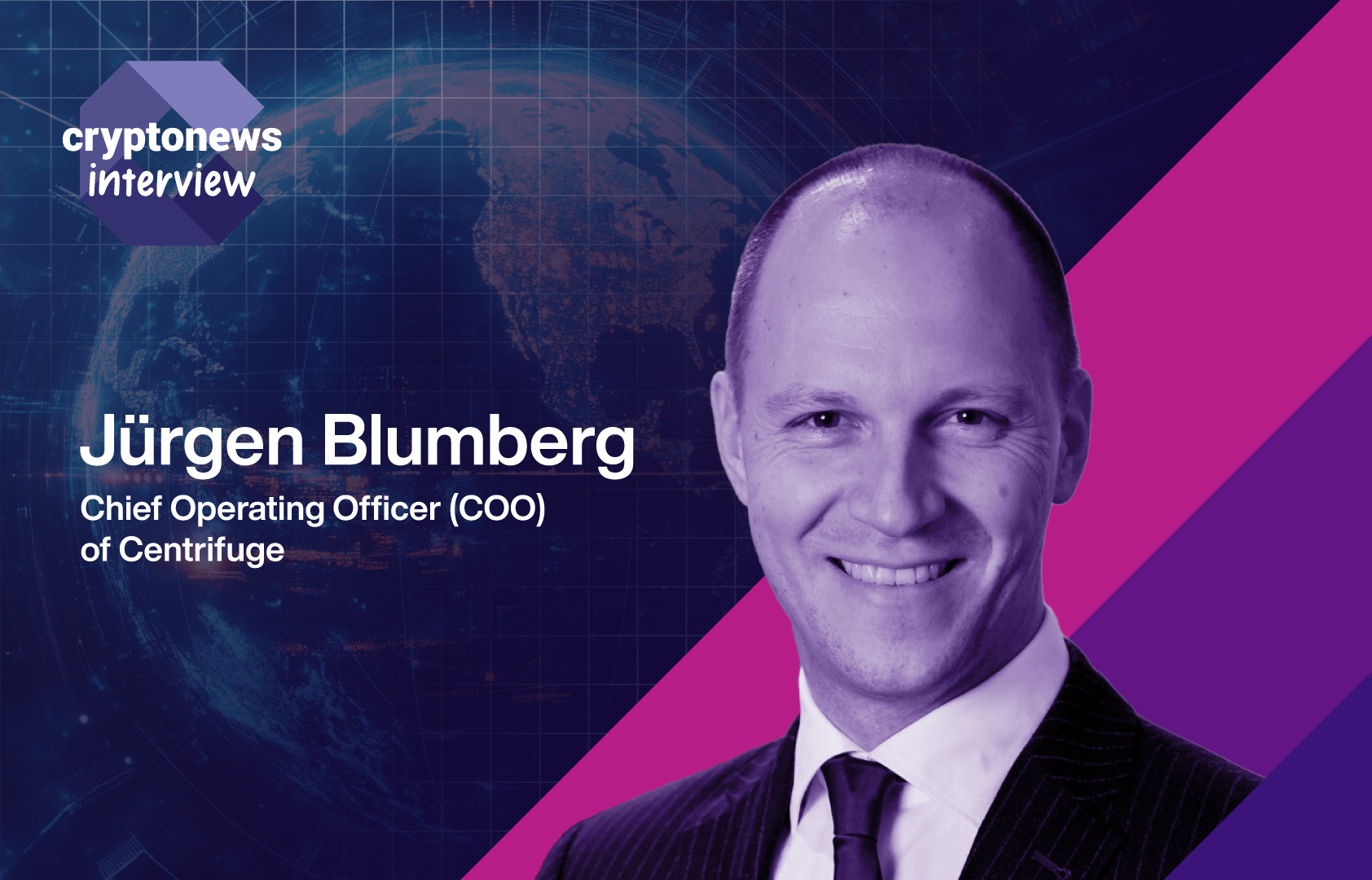Arthur Hayes increased his ENA holdings by $1.46 million, with ETH being his largest holding.
2025/08/13 11:14
PANews reported on August 13th that according to Aiyi's monitoring, Arthur Hayes increased his ENA holdings by $1.46 million, bringing his total investment in ETH ecosystem tokens to $11.258 million since August 10th. Currently, ETH accounts for 66% of his portfolio, making it his largest holding. ENA has surpassed PENDLE to become his second-largest asset, with a market capitalization of $1.746 million.
Clause de non-responsabilité : les articles republiés sur ce site proviennent de plateformes publiques et sont fournis à titre informatif uniquement. Ils ne reflètent pas nécessairement les opinions de MEXC. Tous les droits restent la propriété des auteurs d’origine. Si vous estimez qu'un contenu porte atteinte aux droits d'un tiers, veuillez contacter service@support.mexc.com pour demander sa suppression. MEXC ne garantit ni l'exactitude, ni l'exhaustivité, ni l'actualité des contenus, et décline toute responsabilité quant aux actions entreprises sur la base des informations fournies. Ces contenus ne constituent pas des conseils financiers, juridiques ou professionnels, et ne doivent pas être interprétés comme une recommandation ou une approbation de la part de MEXC.
Vous aimerez peut-être aussi

Centrifuge COO Jürgen Blumberg: “DeFi Is Having Its ETF Moment”
After more than two decades scaling exchange-traded funds (ETFs) and capital markets businesses at Goldman Sachs, Invesco, and BlackRock, Jürgen Blumberg has joined Centrifuge as chief operating officer. Centrifuge is a DeFi platform for tokenizing real-world assets (RWAs) and using them as collateral in decentralized lending. Blumberg believes the decentralized finance sector is now experiencing a turning point—one that mirrors the transformative rise of ETFs in traditional finance. From ETFs to DeFi Disruption Asked why he chose this moment to leave traditional finance for DeFi, Blumberg frames it in the context of what he calls the industry’s “ETF moment.” He sees clear parallels between the early skepticism around ETFs and the current perceptions of DeFi, noting that both began as disruptive innovations challenging entrenched systems. “I was always fascinated by the markets—how order books work, how instruments exchange on different venues,” Blumberg says. “The first five years of my career were in trading, and then I moved into my first ETF role. Even back then, I was convinced ETFs would replace mutual funds. It took 15 years, but now ETFs as a category are bigger than mutual funds.” He sees parallels between ETFs’ early days and the current DeFi sector : “ETFs were a new technology in traditional finance. Today, DeFi is a completely new ecosystem aiming to disrupt, offering solutions to the cost, time, and access limitations of traditional products. In DeFi, everybody can access markets—24/7.” Clearing Misconceptions About DeFi Blumberg explains that many in traditional finance view DeFi as volatile or risky, but that perception overlooks its structural advantages. “Those who take the time to understand DeFi will see it’s similar to traditional finance—just with different terminology. TVL is the same as AUM, liquidity pools are like exchanges, and derivatives exist on both sides. It’s a fascinating world with the power to disrupt how things are done today.” Tokenization: Not All Tokens Are Equal Recalling an old ETF industry saying—“not every ETF is created equal”—Blumberg applies it to tokenization. The phrase means that while all ETFs fall under the same general category, their structure, risk profile, and quality can vary. “There are tokens that are derivative structures and not fully backed by the underlying asset. Then there are fund tokens, like ours, that are fully backed, giving holders direct access to the assets. Just because something is called a token doesn’t mean it carries the same structure or risk.” Global Regulatory Competition and Centrifuge’s Growth Blumberg also sees regulatory momentum happening worldwide. “At the moment, progress is coming from the U.S. But Europe is moving forward too—Luxembourg is making progress, the EU has MiCA , and many ETP issuers choose Switzerland as their domicile. In Asia, Hong Kong and Singapore are advancing in certain areas. There’s a global competition to attract the smartest ideas and allow controlled innovation.” Centrifuge, he adds, is on the cusp of major progress. “We’re approaching the $1 billion TVL mark. With partnerships such as S&P and others we’ll soon announce, we’re well positioned to keep growing.” ONE. BILLION. DOLLARS. TVL.🔥 The flywheel is spinning. We've been heads down building since 2017, and now our onchain ecosystem has hit its first billion. The first billy was the hardest. The next ones are inevitable. 🚀 Onwards and upwards!!! pic.twitter.com/Ip4pq0qDzY — Centrifuge (@centrifuge) August 12, 2025 For Blumberg, the decisive reason to leave the security of large financial institutions was his conviction that the most meaningful innovation in the next decade will come from startups, not incumbents.
Partager
CryptoNews2025/08/14 00:07

Since the outbreak of the Israeli-Iranian conflict, Tether has frozen about 700 million USDT in 112 wallet addresses
PANews reported on June 25 that according to crypto analyst Cryptadamist, since the recent conflict between Israel and Iran, stablecoin issuer Tether has frozen 112 wallet addresses on the Tron
Partager
PANews2025/06/25 12:57

Coinbase partners with Squads to accelerate USDC adoption on Solana
Coinbase is teaming up with Squads to bolster the adoption of the USDC stablecoin on the Solana blockchain. Squads, a decentralized finance layer on Solana (SOL), announced the strategic partnership with Coinbase on Aug. 13, noting the collaboration aims at…
Partager
Crypto.news2025/08/14 02:02